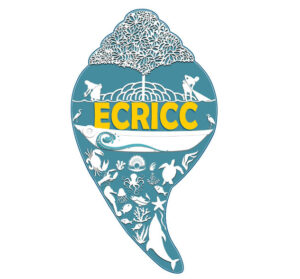The bio-shields for coastal defence and climate resilience

The word mangrove is considered to have been derived from the Portuguese word ‘mangue’ which means tree and an English word ‘grove’ that means a group of trees. Mangrove as name, is also believed to have originated from the Malaysian word, “manggi-manggi” meaning “above the soil”. A ‘mangrove’ is a shrub or small tree that grows in coastal saline or brackish water along the creeks and estuaries near the coast or the river mouth, bays, lagoons and backwaters. They grow in areas with low-oxygen soil, where slow-moving waters allow fine sediments to accumulate. They have more affinity for brackish habitat and can survive salinity, tidal regime, strong wind velocity, high temperature and muddy anaerobic soil, that most timber cannot tolerate.
Known by different names such as ‘Tidal Forests’, ‘Coastal Woodlands’, ‘Walking Forest in the Sea’, ‘Root of the Sea’ and ‘Oceanic Rain Forests’, mangroves are also called as ‘trees that walk to the sea’. These are believed to be a seaward species that has an ability to prograde into shallow water, therefore are also considered as ‘makers of land’.
- Mangroves and their species
- Status of Mangroves
- Advantages of Mangroves over other coastal plants
- Mangroves usefulness for wildlife
- Benefits of Mangroves to human communities
- Mangrove’s contribution to the carbon cycle & climate resilience
- Threats to Mangroves and their ecosystem
- Conservation and protection measures for Mangroves in India
- Role of communities in conservation and protection of Mangroves

